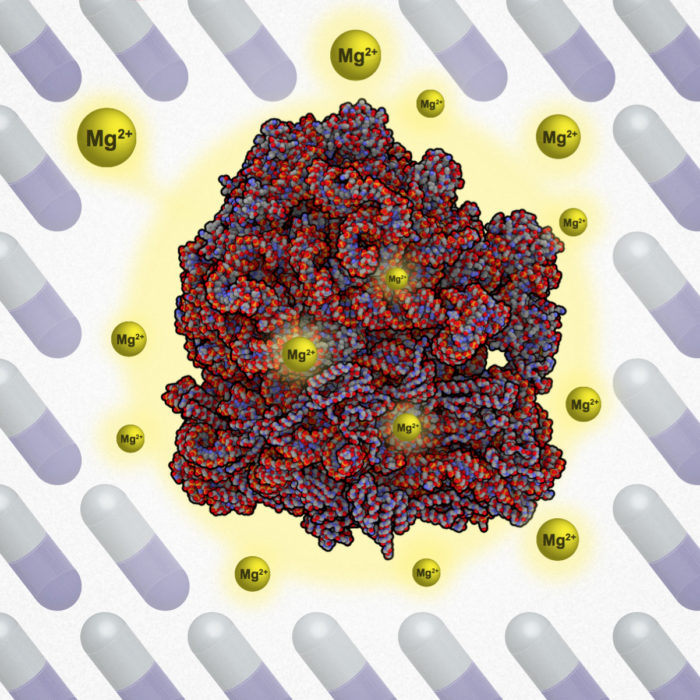A recent study conducted by researchers from the University of California, San Diego revealed a survival mechanism that bacteria use to resist antibiotics. According to the team’s paper, bacteria defend themselves from antibiotics with the use of alkaline metal ions.
One of the researchers from UC San Diego, Gürol Süel, said:
“We have found an unexpected new mechanism that actively growing bacteria utilize to become resilient against antibiotics. With this discovery, we can now explore new ways to combat infections that we couldn’t have thought of before.”
The team discovered that when under attack, the bacteria survive by stabilizing their ribosomes through the modulation of magnesium ion uptake.
Survival Mechanism
The ribosome is one of the most ancient and fundamental molecular machines of life found in the cells of all living things. During their study, the researchers investigated the relationship between the activities of ribosomes and the electrochemical flux of ions across cell membranes.
The team was able to identify a specific connection that reveals how the two fundamental cellular processes interact with each other.
This discovery could possibly pave the way for scientists to develop new methods to counteract antibiotic resistance. Süel further said:
“Antibiotic resistance is a major public threat to our health. The number of drugs coming onto the market is not keeping up with the ability of bacteria to cope with those drugs.”
Süel and his colleagues believe that discovering this unique survival mechanism of bacteria could aid in the enhancement of current antibiotic drugs. The team reported that this method is far better than developing new drugs entirely.
Now, pharmaceutical companies could just tweak existing antibiotics instead of developing entirely new medication.




















Comments (0)
Most Recent